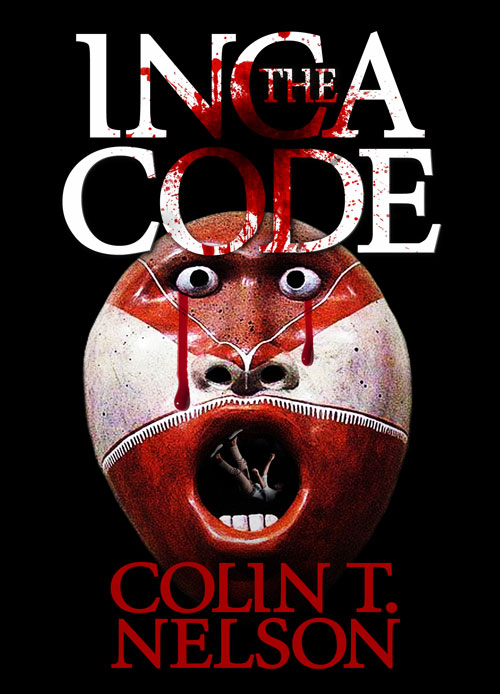Second in a series
In my last post, I recommended you read Ji-Yeon Yuh’s excellent blog at http://womensmediacenter.com about the journalists former President Clinton helped release from North Korea. Ms. Yuh speculated the two were investigating illegal human trafficking of Koreans into China. Although interesting, many Americans might feel this is half-way around the world, unfortunate, but it’s not a problem here. They’re wrong.
In the past, I have represented children in Juvenile Court who have come to America, sponsored by adults, inticed with school, homes, jobs, or better living conditions. When the young people arrive, mostly girls, they are forced into the sex industry in a variety of ways. The Juvenile Court attempts to intervene to rescue the young women. Often, it’s successful, but many times the girls, for whatever reasons, cannot escape.
A human trafficking problem like this is the tip of the iceberg, concealing vast, international networks of criminals who traffick in dozens of different products. Besides humans, organ parts, drugs, illegal plants and rare wood, animals (including the a rare protected monkee from Africa, delivered to a Saudi prince), weapons, and nuclear material are all moved around the globe each day. When the price of these items rises, it attracts huge profits and the best criminal minds in the world.
In our country, the FBI estimates the human trade out of Mexico alone to be $6-9 million a year. Although we patrol our borders more than other countries, as one of the richest in the world, we also attract more criminals trying to sell their products. The dollars at stake are so huge, corruption of border security is possible. The technological resources of the criminals are top of the line.
The criminal organizations don’t resemble those of old. Groups like the Mafia, with top-down management and pyramid shaped forms, look similar to large legitimate organizations. A small group of management gives orders to be carried out by the larger group underneath. Communication is slow, change is slow, ability to react to problems is slow, and technological upgrades lag. Today, many organizations thrive using this structure, like the US military. But the new criminal networks look more like a spider’s web. Why?
These groups don’t have a central management location. It’s closer to the internet web design. If a criminal identifies a buyer for organ parts in the US, he will make contact in the criminal “web” (not the Internet) which will put him in contact with a choice of suppliers around the world. The first to supply the organ at the right price, will make the sale. Then, other unknown people can plug into the net to provide transportation, financing, warehousing, bribing of border security, planning ideas, technical tools needed, weapons (if needed)…all of them, perhaps, unknown to each other.
Can you imagine how difficult if becomes for law enforcement to find out who’s involved? For each organ sold in the US there could be an entirely new net of people supplying it. Add to this the fact most illegal products cross several international borders and you get an idea of the diplomatic, military, political, and law enforcement problems with each transfer. If one border or product is stopped, the nets simply move or switch to a differenct product within a few days.
What’s the US doing to stop these networks? What resources do we have? Can we ever hope to match their flexibility and brains? I’ll post more about that. In the meantime, if you have experience with this phenomenon, please let me know.






